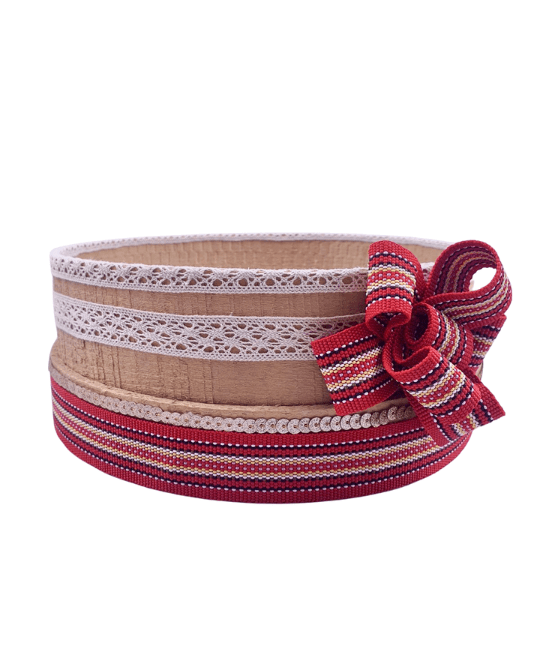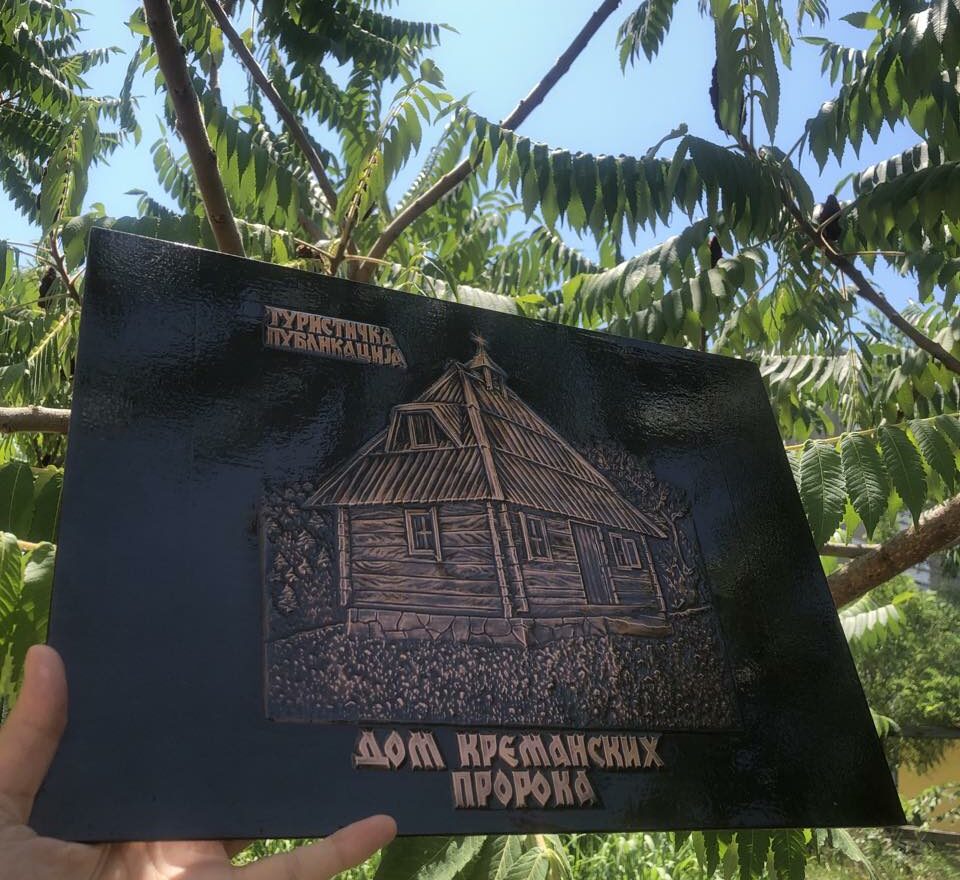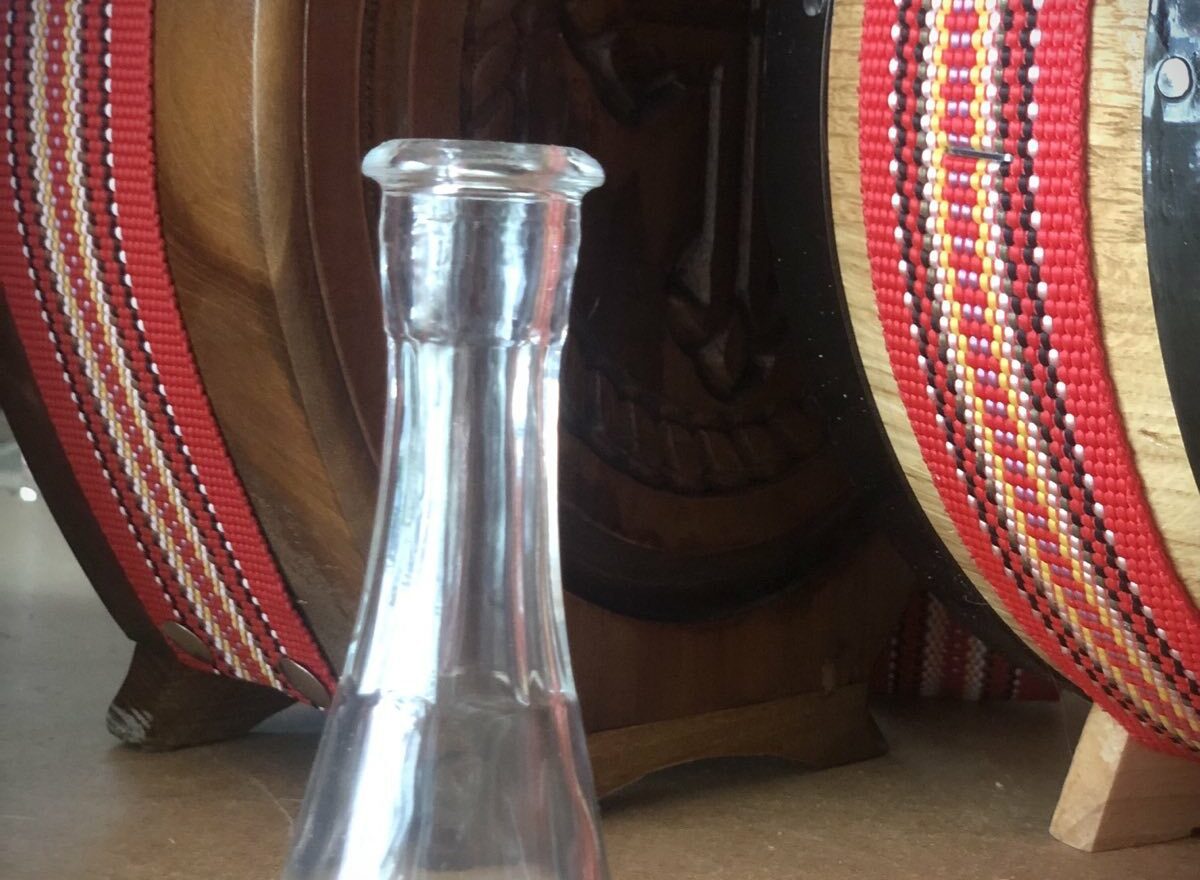Throwing a sieve at a wedding is an old Serbian custom practiced in many parts of Serbia. This ritual has its roots in beliefs related to the fertility and happiness of the newlyweds.
When the newlyweds arrive at their new home after the wedding, usually the groom’s house, the bride takes a sieve from her mother-in-law, which the mother-in-law has prepared and decorated. Inside the sieve are an apple and grains of wheat, symbols of fertility and prosperity. The bride throws the apple over her shoulder, and the sieve with the grains of wheat onto the roof of the house. If the sieve stays on the roof, it means the bride will also stay in the house. It was believed that this act would bring happiness and many children to the newly married couple. Additionally, the throwing of the sieve served to protect against evil spirits and curses, as it was believed that the sieve, with its round shape and mesh structure, would catch and neutralize negative energies.
In some regions, after the sieve was thrown, people would observe where it landed and how it ended up. If it landed with the opening facing upwards, this was considered a particularly good omen.
This custom, like many others, is increasingly being incorporated back into wedding ceremonies. It is part of cultural heritage and tradition.




